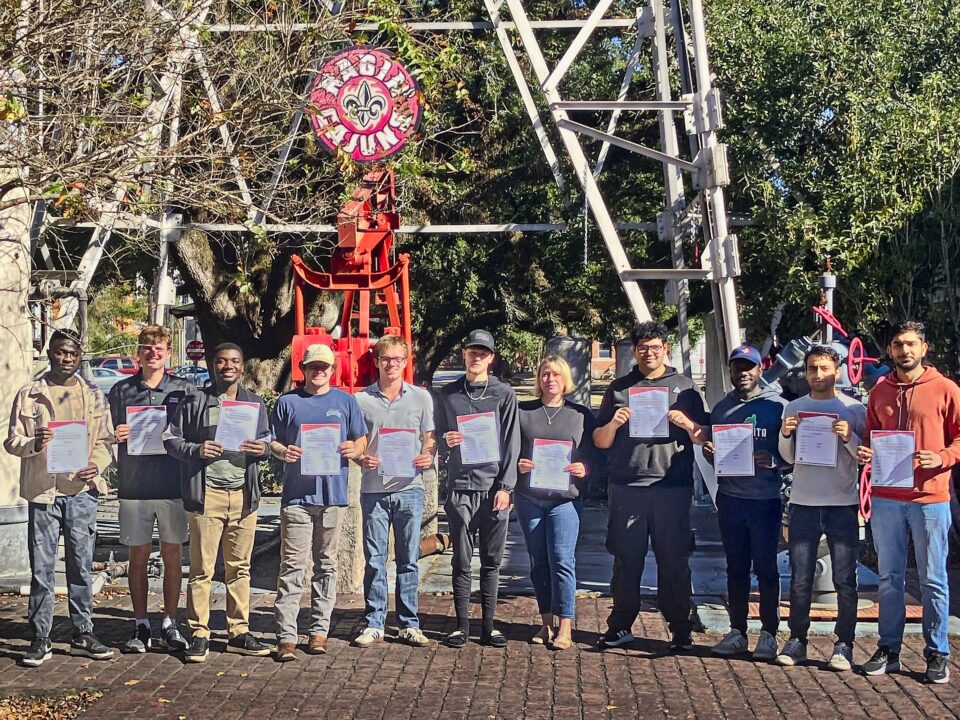How does EGS work?
According to the DOE, “More than five terawatts of heat resources—enough to meet the electricity needs of the entire world—exist in the United States.” However, only a small fraction of the United States’ vast geothermal resource is accessible in its naturally occurring form. Enhanced Geothermal Systems (EGS) are human-made reservoirs that make it possible to harness geothermal energy that is otherwise trapped underground. The process involves injecting fluid into naturally heated rocks, enhancing the size of fluid pathways and increasing permeability, which creates more suitable conditions for bringing energy up to the surface. EGS is a relatively young process, and there are still technology and knowledge gaps that need to be addressed in order to further develop geothermal energy as a more accessible resource.
What is the oil & gas industry’s role?
In late July, the DOE released another announcement stating that it plans to invest up to $165 million in expanding U.S. geothermal energy deployment. The outlined plan would provide $10 million for The Geothermal Energy from Oil and Gas Demonstrated Engineering (GEODE) initiative, which would “form a consortium of experts to develop a roadmap for addressing technology and knowledge gaps in geothermal energy, based on best practices used within the oil and gas industry.” The remaining $155 million would then be utilized to fund research to address those gaps identified in the roadmap. The media release further explains the oil and gas industry’s role:




